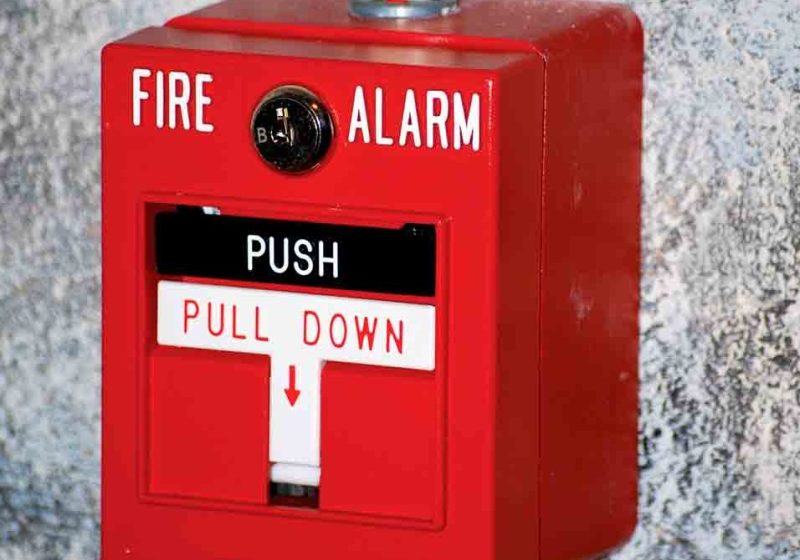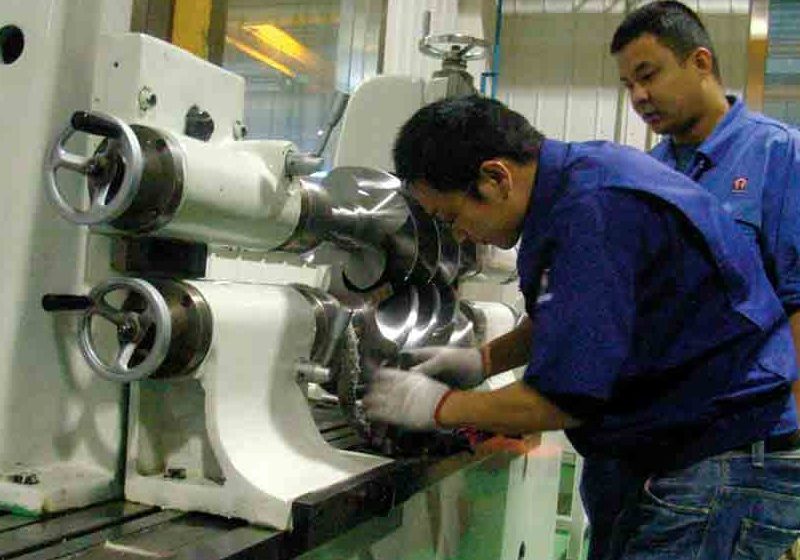Lockout/Tagout Can Be Required More Than You Think
Mar 1, 2012
A look at a fundamental safety rule service mechanics must consider when working on elevator equipment: the control of hazardous energy, more commonly known as lockout/tagout procedures.
Given that this issue focuses on machines, motors and pumps, it is fitting to look at one of the most fundamental safety rules any service mechanic must consider when working on such elevator equipment: the control of hazardous energy, more commonly known as lockout/tagout procedures. OSHA’s lockout/tagout standard is set out at 29 Code of Federal Regulations § 1910.147. An employer must require its employees use lockout/tagout during servicing and maintenance whenever “the unexpected energization or startup of the machines or equipment, or release of stored energy, could harm employees.” The only time lockout/tagout is not required during service or maintenance work, when unexpected startup can occur, fits into a specific exception listed in the standard. Important exceptions to this requirement include minor servicing work during normal production and operations, and testing and positioning machines during the servicing work.
Section 7 of the National Elevator Industry, Inc. (NEII®) Elevator Industry Field Employees’ Safety Handbook contains accepted industry procedures for lockout/tagout. The first paragraph states clearly when a service mechanic is required to use lockout/tagout: “Unless it is not feasible (i.e., inspecting, troubleshooting, observing, etc.), employees shall not perform any work on equipment where there is a potential to be exposed to energized mechanical or electrical hazards until all sources of energy have been de-energized, grounded or guarded.” This statement is pretty straightforward – when performing service work, a mechanic decides if power is required to perform the task, and, if not, should lockout/tagout the unit. It sounds simple, but, as with most things, closer examination reveals many complications.
Section 8 of the aforementioned handbook illustrates one of the major complications. This section also sets forth industry-accepted procedures for accessing elevator car tops and pits safely without utilizing lockout/tagout to control the car. The section begins unambiguously: “Prior to gaining access to the hoistway, determine whether power is needed to perform the required task. If not, the appropriate lockout/tagout procedure shall be used.” Thus, Section 8’s procedures are intended to be used only when power is needed to perform servicing or maintenance. In your author’s experience, however, many service mechanics determine whether to lockout and tagout by how much time they will be on the car top or in the pit, not by deciding whether power is needed to perform the job. Is this allowed under OSHA’s lockout/tagout standard?
If the analysis involved only whether the decision can be based on the duration of the work, the answer would certainly be no. The Occupational Safety and Health Review Commission has held that, if an OSHA standard applies, it is violated by any period of noncompliance, no matter how short. So, in the case of lockout/tagout, if unexpected startup could occur while the servicing or maintenance work is performed and injure an employee, it does not matter if the work took 30 s. So, unless the work fits into a listed exception in the standard, lockout/tagout must be used before performing the work.
Let’s look at an example of retrieving a set of keys that some hapless passenger dropped into an elevator pit. The building manager hopefully notifies the elevator servicing company (rather than having a janitor attempt the task), and a service mechanic comes to retrieve the keys. The mechanic must enter the elevator pit, pick up the keys from the floor, then exit the pit. A simple task performed somewhere in every state every day. The elevator pit is standard (say 4 ft. deep), with a pit access ladder where it should be and a pit stop switch within easy reach right inside the hoistway door. A hoistway access switch is helpfully awaiting use. In short, the setup of the elevator is perfectly suited to use the pit access procedures in Section 8 of the safety handbook for this quick and easy task.
The question is whether OSHA’s lockout/tagout standard contains an exception that would allow the use of Section 8’s hoistway access procedures instead of lockout/tagout. As even the safety handbook states, if power is not needed to perform the job, lockout/tagout should be used before the pit is entered. Nonetheless, service mechanics utilize Section 8’s car-top or pit access procedures every day to perform brief jobs in the hoistway. Does an exception to OSHA’s lockout/tagout standard potentially apply to allow this?
In the scenario of retrieving lost keys, a company trying to justify allowing the use of Section 8’s procedures would have to rely on the “minor servicing exception” to the lockout/tagout standard. That exception applies to the following:
“Minor servicing activities, which take place during normal production operations, are not covered by this standard if they are routine, repetitive, and integral to the use of the equipment for production, provided that the work is performed using alternative measures which provide effective protection.”
So, to avoid a potential OSHA violation, the company must show that the work was 1) minor, 2) took place during normal production operations, 3) was routine, 4) repetitive, and 5) integral to the use of the equipment, with 6) alternative measures used to protect the employee.
Clearly, applying the “minor servicing exception” to retrieving a set of keys would not be simple. A company’s safety representative would have to clearly and concisely explain how all of the elements above were satisfied. One would have to expect OSHA to need particular details about how retrieving dropped keys was “routine,” “repetitive” or “integral to the use of the equipment.” The use of alternative measures to protect the employee would be the easy part, as using redundant methods of disabling the car (hoistway doors have been wedged open, engaging interlock and pit stop switch activated, with both means verified) would eliminate the possibility of unexpected startup of the elevator car. Nonetheless, OSHA would stress the plain meaning of the standard’s wording, and unless the job fit into every part of the exception, OSHA would not apply it. Instead, despite the safe conditions created by using Section 8’s procedures, OSHA likely would insist lockout/tagout should be used for all such work, no matter how quick and easy.
Many other legal complications arise from using procedures other than lockout/tagout to disable a car when accessing an elevator car top or pit. For example, in a 1994 letter to NEII, OSHA stated it generally considers elevator pits “confined spaces” within the meaning of OSHA’s permit-required confined-space standards. OSHA went on to say elevator pits could also be considered permit-required confined spaces, depending on the facts. As many readers may know, if a space entered by an employee is considered a “permit-required confined space,” an employer needs to use an entire panoply of entry procedures and precautions, including entry attendants, before any employee can enter it. In that same letter, OSHA stated that an elevator pit could be “re-classified” as a non-permit-required confined space by “eliminating” any potential hazard in the pit.
The major question becomes whether using the hoistway/pit access procedures “eliminates” the potential hazard of unexpected movement of the car to anyone standing in the pit. OSHA stated in other interpretation letters it does not consider the use of interlocks and control circuitry, such as a pit stop switch, to provide protection equivalent to lockout/tagout. Therefore, in OSHA’s view, any access to an elevator pit or car top could actually be a permit-required confined space entry by the employee. If legally correct, all of the incredibly burdensome requirements of the permit-required confined-space standard could apply, from training to written programs to equipment and extra attendants. This could be the case even when an unambiguous exception to lockout/tagout applied, such as an employee working on a car top to identify and correct a rubbing noise, noticeable only when the car operates, while his or her partner moves the car up and down.
In short, as stated in the safety handbook and the safety program of nearly every elevator company that has created its own, if a service mechanic doesn’t need power to do a job, lockout/tagout must be used. In the real world, however, service mechanics often see many “exceptions” to that rule. A service mechanic needs to carefully analyze the work being performed before jumping to the conclusion the work truly fits into a legal exception to his company’s work rules and OSHA’s lockout/tag- out standard.
Get more of Elevator World. Sign up for our free e-newsletter.







